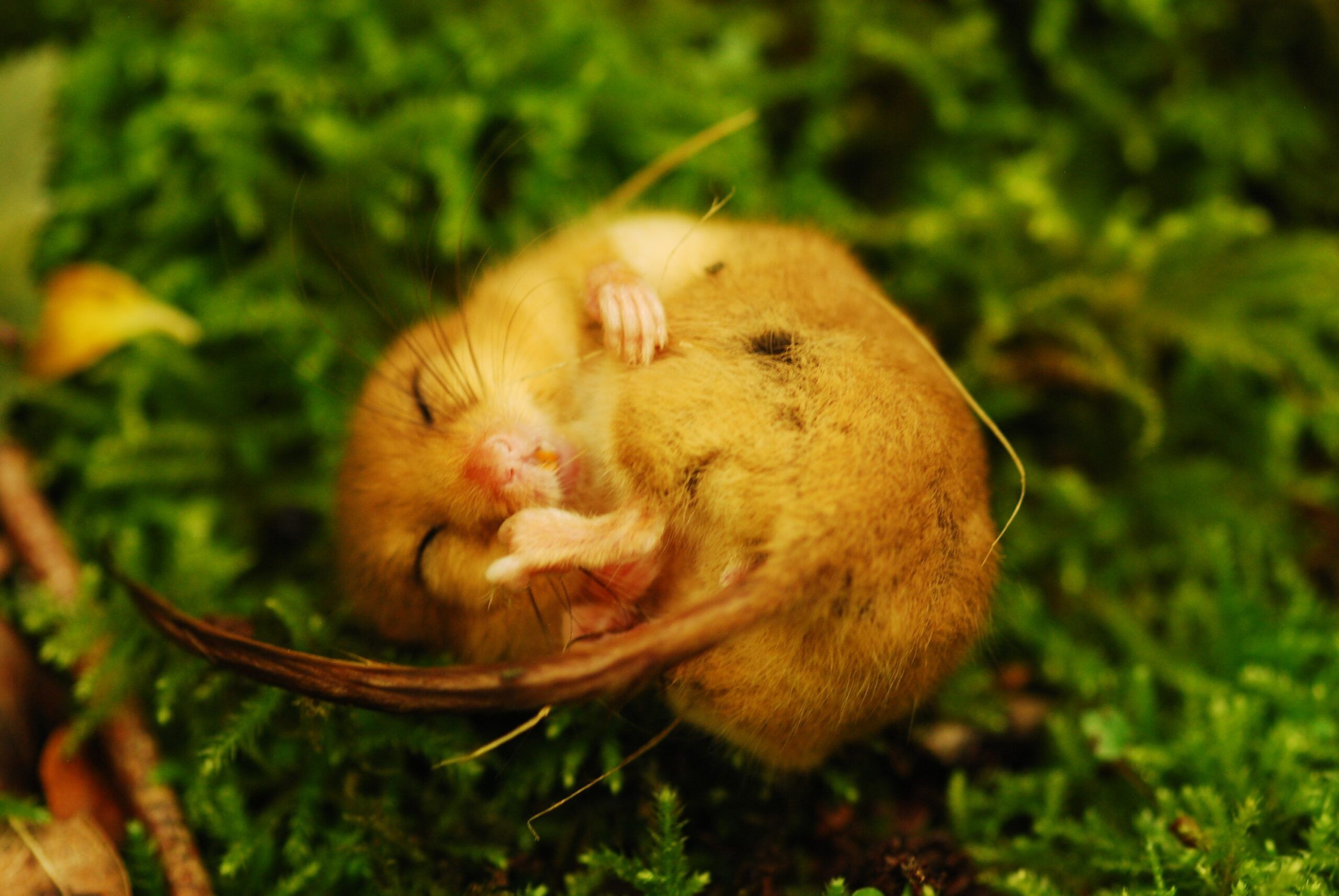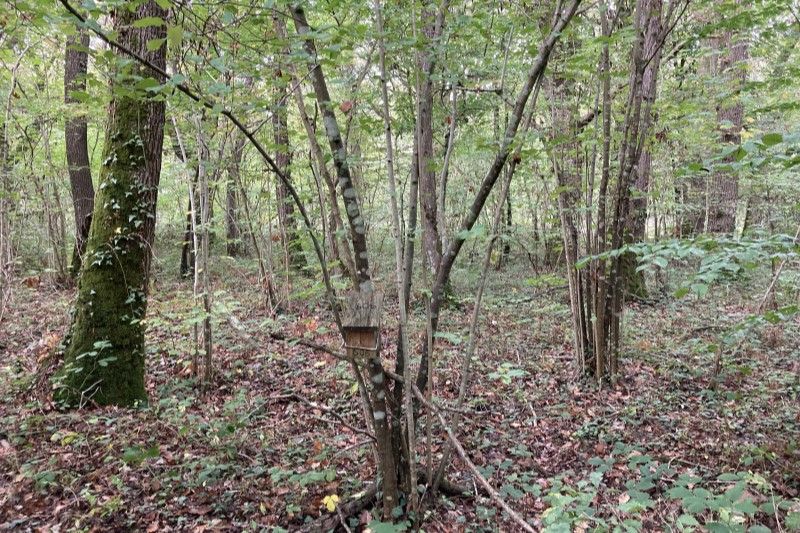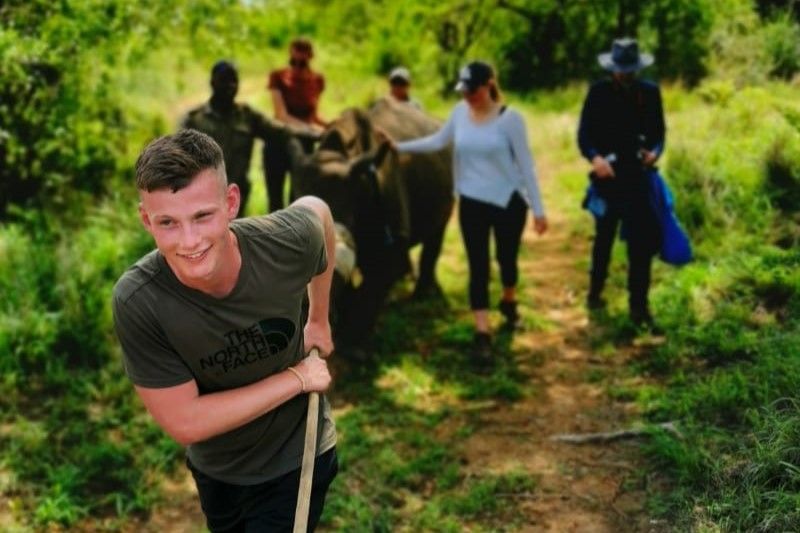Fur clipping: an alternative marking tool for learning more about hazel dormice

A declining species in need of our help
Hazel dormice are small, golden-brown rodents that were once widespread across Britain. They’ve declined by more than 50% since the turn of the century and are largely restricted to deciduous woodlands and dense hedgerows in England’s southern counties and across Wales. Threatened by habitat loss and fragmentation, poor woodland and hedgerow management, and climate change, hazel dormice urgently need our help.
Although the loss of 50% of hazel dormice since the turn of the century is alarming, conservation efforts led by PTES instill a sense of hope that the decline can be reversed. Hundreds of volunteers monitor dormice as part of our national monitoring each year, and are actively managing woods and hedges to improve their habitat. The data collected provides valuable insights into their population trends, breeding patterns and dispersal habits. Coupled with the release of more than 1000 captive-bred individuals into woodlands and a number of landscape connectivity projects across the country, these targeted conservation actions can deliver favourable outcomes for Britain’s dormice.
Marking mammals with fur clips
Dormice Groups at three of the national monitoring sites in Lincolnshire, Surrey and Kent, have been monitoring dormice for a number of years. As well as routine nest boxes checks between early spring and late autumn, the groups have been harmlessly fur clipping individual hazel dormice. Fur clipping is the process of temporary cuts in the fur to identify individuals in the field. Each with a unique mark, this offers an alternative capture-mark-recapture (CMR) method to pit tags, which are costly and need a special research licence.
This fur clipping data has been collected across different sites for some years and potentially offers original insights into the distribution, dispersal and wider ecology of hazel dormice at these woodland sites.
PTES is supporting intern Joe Langley, a recent MSc Conservation graduate from University College London (UCL), to look more closely at the data. He’s hoping to learn more about the different dormice populations, work out what the minimum population size is, and the size of their home ranges. Joe will also explore how far individuals have dispersed from their original nest boxes and whether this is influenced by sex or age.
Given that habitat management is regarded as a key factor affecting hazel dormice populations, Joe will investigate the local impacts of coppicing on dormice at the three sites. Ultimately, the project will contribute to the conservation of hazel dormice by developing our understanding of how dormice move about their woodland homes, as well as seeing how useful fur clipping is as an alternative to pit tagging.
You can find Joe on Twitter (@Joe_Langley9) where he will be providing desk- and field-based updates throughout the project.
This project is only possible thanks to our generous donors. Can you help by donating today?


